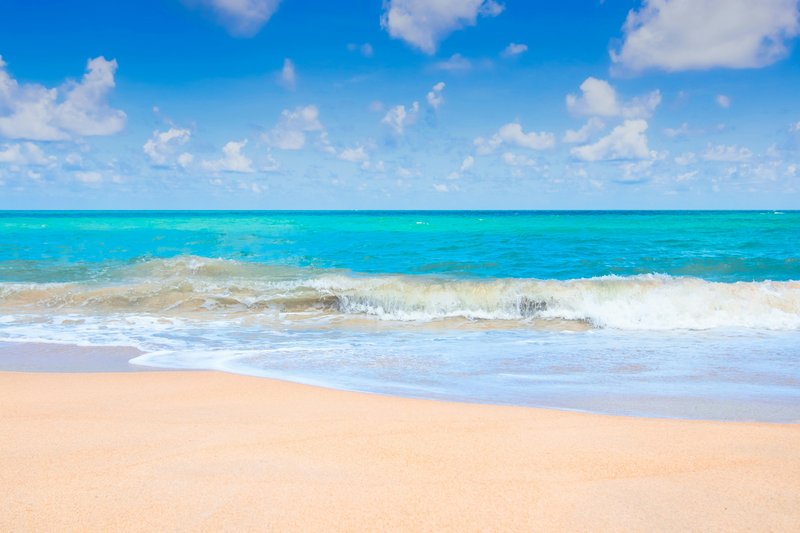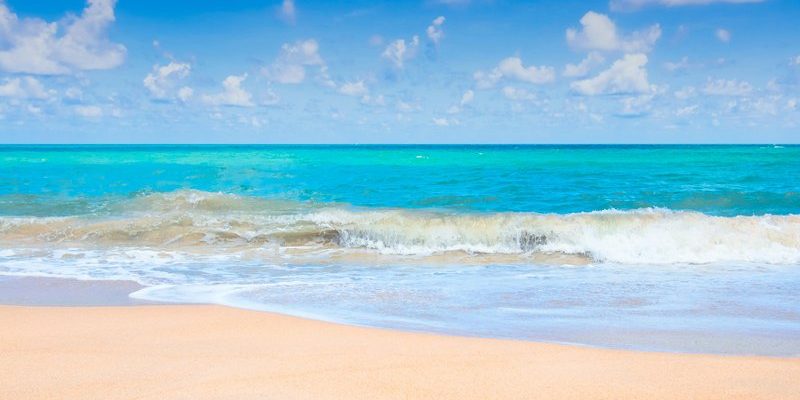
Think of sea otters as the ultimate caregivers. Unlike many other animals, they don’t just leave their babies to fend for themselves. Instead, they’re hands-on, making sure their little ones are well-fed and safe from the dangers of the sea. So, grab your favorite drink, and let’s dive into the world of how sea otters raise their young!
What Makes Sea Otters Unique Parents?
Sea otters are unique in the animal kingdom for several reasons. First, they’re the only marine mammals that use tools! Yes, you read that right. They’re known to use rocks to crack open shellfish, which is a skill that they often pass down to their young. This tool-using behavior is a big part of what makes otters such effective hunters and caregivers.
Not only are they clever, but they also have a strong social structure. Sea otters often form rafts—groups of otters that float together. This not only allows them to socialize but also offers safety in numbers. When a mother is caring for her pup, other otters in the raft can help keep an eye out for potential threats, making it a safer environment for her little one.
Additionally, sea otters have remarkably thick fur. In fact, they have the densest fur of any animal, which keeps them warm in chilly ocean waters. This thick fur also plays a role in their parenting. A mother otter will wrap her pup in her own fur, ensuring that it stays warm and dry while she hunts for food.
The Journey of Pregnancy and Birth
Once a female sea otter is ready to become a mother, she undergoes a pregnancy that typically lasts about six months. During this time, she’ll focus on finding a safe place to give birth. This usually happens in shallow, protected waters, ensuring there’s less risk of predators.
When the big day arrives, she gives birth to a single pup, although twins can happen occasionally. The pup is born with its eyes closed and is pretty helpless in the beginning. This is where the mother’s nurturing instincts kick in. She diligently keeps the pup on her belly, where it can stay safe and warm.
You might wonder, how does she manage to hunt and take care of her little one at the same time? Well, here’s the thing: mothers have a special way of cradling their pups. They often use kelp to anchor themselves, wrapping their pups in it while they dive for food. This ensures that the pup doesn’t drift away, all the while letting the mother focus on hunting.
Caring for the Pup: Feeding and Learning
As the pup grows, the mother’s role expands. She not only feeds her young but also teaches it essential survival skills. Sea otter pups start off with a diet of their mother’s milk. But believe it or not, they’ll need to learn how to eat solid food fairly quickly.
Mothers often take their pups along while they dive for food. They’ll hunt for shellfish and then return to the surface to crack them open. Here’s where that tool-using instinct shines again! The mother will often demonstrate how to use rocks to open shells, giving the pup a chance to learn by watching.
Eventually, the little one will try its hand—or rather, paws—at hunting. This teaching phase is critical because finding food is essential for survival in the wild. You might catch a glimpse of a mother otter patiently guiding her pup as it struggles to crack open its first clam. It’s truly a heartwarming sight!
Safety First: Protecting Their Young
Predators are a real threat to young sea otters. From sharks to larger marine mammals, the ocean can be a dangerous place. But sea otter mothers are on high alert. They’ll often choose shallow, sheltered areas where their pups are less likely to encounter danger.
When the mother senses a threat, she displays protective behaviors. For example, she might place her body between her pup and the potential danger. The raft of other otters will also help in watching out for any threats. It’s a communal effort, showing just how much they care for each other and their little ones.
Another clever trick is that mothers will teach their pups to dive and hide. This skill is vital as they learn to navigate their environment and avoid predators. Watching a young otter learn the ropes from its mother is like seeing a child take their first steps—exciting and full of potential!
Growing Up: Independence and Beyond
As time passes, sea otter pups become more independent. By about six months old, they’re often ready to leave their mothers and start living on their own. But this transition isn’t a sudden leap; it’s more of a gentle nudge toward independence.
Mothers will gradually reduce their care and hunting trips with their pups, allowing them to practice hunting by themselves. They might still stay in close proximity, checking in to see how their little ones are doing. It’s a bittersweet moment for both parties: the mother has done her job, but it’s tough to let go.
Eventually, though, the pup will venture out completely, equipped with all the skills it learned from its mom. It will join other otters, either in a raft or on its own, making its way in the big ocean world.
Why This Matters: The Conservation of Sea Otters
Understanding how sea otters raise their young isn’t just interesting; it’s vital for conservation efforts. Sea otters play a crucial role in maintaining healthy ocean ecosystems. By keeping sea urchin populations in check, they help protect kelp forests, which are vital to many marine species.
However, sea otters face numerous threats, including habitat loss and pollution. By learning about their parenting habits and challenges, we can better appreciate the importance of protecting these incredible creatures. Supporting conservation initiatives can help ensure that future generations of sea otters can thrive and continue their legacy of nurturing in the wild.
In conclusion, the way sea otters raise their young is a beautiful mix of instinct, teaching, and community. These adorable creatures are not just cute; they embody the spirit of loving and protective parenthood in a challenging environment. So, the next time you see a sea otter floating on its back, you’ll know there’s a lot more going on beneath the surface!

